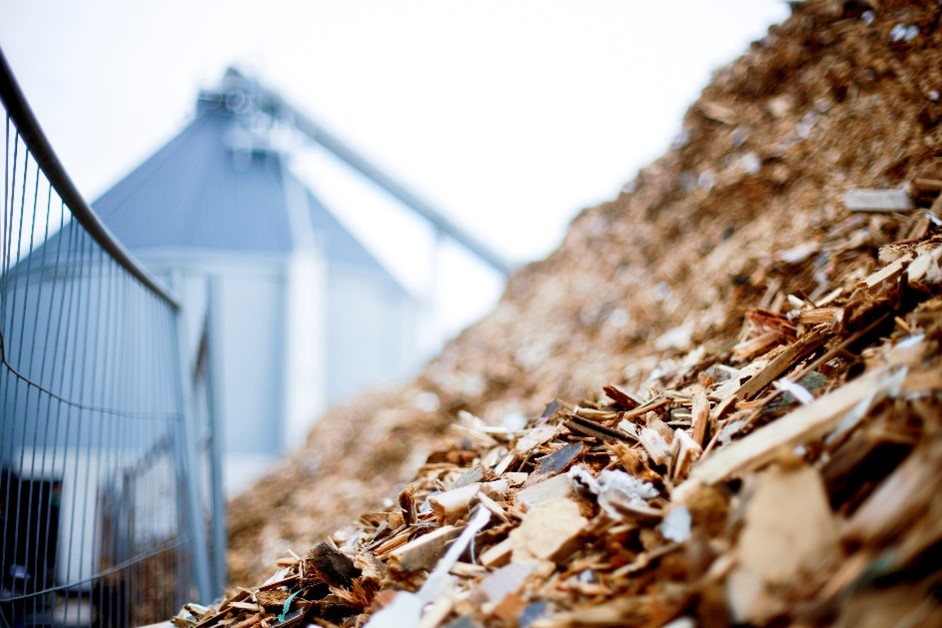
Emission Free Pulping program joins the ExpandFibre Ecosystem
ProjectsThanks to the strong support from the forest industry and public funding, 10 research organizations, universities, and companies join forces in a groundbreaking research program with around 20 full-time researchers. The Emission Free Pulping program aims to significantly reduce biomass burning and increase the product yield of wood material used for chemical pulping from approximately 50% to around 70%. The program is estimated to have a budget of around 15 million euros over the next five years.
The forest industry, technology companies, research organizations, and universities have come together to transform the traditional pulping processes under the joint leadership of VTT Technical Research Centre of Finland and RISE Research Institutes of Sweden. Hanna Hörhammer and Alina Ruonala-Lindgren from VTT explain that the Emission Free Pulping research program aims to find ways to improve the overall energy efficiency of chemical pulping, enhance the overall product yield of chemical pulping from the current 50% level towards 70%, avoid burning of biomass material and also significantly reduce water usage in the unit processes of chemical pulping. With these actions the program partners aim to move towards emission-free pulping, with a special emphasis on reducing the CO2 emissions of chemical pulping.
Industries joining the program are committed to a five-year collaboration with the research organizations and universities. The program has been granted substantial funding from Business Finland, amounting to over 5 million euros over a three-year period and is open for new partners to join.
Multifaceted aspects of the program
According to Alina Ruonala-Lindgren, there are several interesting aspects in this program. One of them is increasing fundamental understanding on the cellular structure of wood, with an aim to improve the liberation ratio of cellulose fibres from the wood matrix. Another one is how knowledge on modelling and artificial intelligence driven analytics are used in the future. Further, the focus in the program is on increasing the yield of the wood material being used for pulping from approx. 50% to 70%. This includes looking into the available methods – keeping in mind that processing approaches and the overall concept must be both technologically and economically realistic.
Alina Ruonala-Lindgren continues: “There is strong commitment to openness and collaboration among the program partners. Based on the agreement, no patents will be filed and the results will be published. Without this commitment, it would have been challenging to proceed with the program. What also facilitates this collaboration is the focus on processes and not on products. The work is long-term, early-stage research, but the results can considerably benefit also today’s pulping processes.”
Hanna Hörhammer adds: “The partners are committed to openly exchange information during the program and learn from one another. Companies are also given the opportunity to influence, support, and advise – thus communication is an essential part of this program.”
"We are deeply committed to the vision of a thriving forest-based ecosystem that delivers the full value of Nordic wood. The key to achieving this lies in fostering innovation and coming together as an industry and as a research ecosystem. By combining our efforts, we can drive advancements that not only enhance efficiency but also uphold our commitment to environmental stewardship. It's about creating a future where sustainable wood use and more resource-efficient pulping methods go hand in hand, ensuring the longevity and prosperity of our forests and the industries dependent on them," says Katariina Kemppainen, SVP Group R&D at Metsä Group. Katariina is also the Program Manager in the ExpandFibre Programmes and Ecosystem and is delighted to have this program included the ExpandFibre Ecosystem.
International collaboration across sectors
The research is conducted as doctoral theses and postdoctoral work. Collaboration takes place in Research Forums and there are 12 researchers involved already. There are also plans for international exchange of researchers.
Strong commitment from leading universities in both Finland and Sweden creates the conditions for the success of the program. The program involves significant contributions from Aalto University, Chalmers University of Technology, KTH Royal Institute of Technology, LUT University, Mid Sweden University, University of Helsinki, University of Oulu, and Åbo Akademi University.
Emission Free Pulping in a nutshell
A 5-year international research program.
Consortium coordination by VTT, scientific lead of the program by RISE.
Business Finland granted the program with a 3-year funding of 5.1 million euros.
The total budget is expected to exceed 15 million euros.
Companies involved: Andritz, Arauco, Metsä Group, Stora Enso, UPM, Valmet.
Universities and research institutions involved: VTT, RISE, Aalto University, Chalmers University of Technology, KTH Royal Institute of Technology, LUT University, Mid Sweden University, University of Helsinki, University of Oulu, Åbo Akademi University.
Photo: Stora Enso
More information: